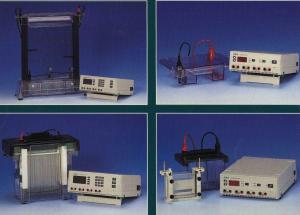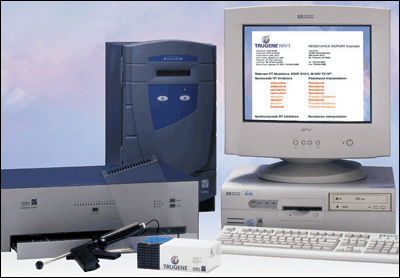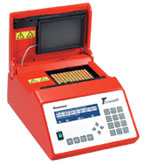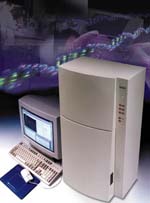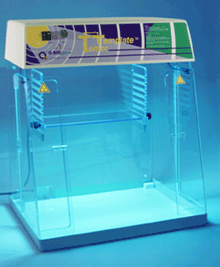|
 |
|||||||||||||||||||||||||||||||||||||||||||||||||||||||||||||
The mission of the Sequencing and Genotyping Core Facility is to provide large-scale sequencing and genotyping for research groups on the MML Three major categories of genetic services are available to researchers: sequencing, genotyping, and other related technology. |
||||||||||||||||||||||||||||||||||||||||||||||||||||||||||||||
 |
||||||||||||||||||||||||||||||||||||||||||||||||||||||||||||||
|
1-Sequencing Services. The Core provides automated DNA sequencing to scientists world-wide. The sequencing is performed by a staff of five technicians who are available for technical support in preparing samples, interpreting research results and trouble-shooting problems. The Core also maintains ties to a network of researchers on the MML Sequencing is performed on an ABI 3700 DNA Analyzer that uses capillary technology to achieve high throughput sequencing, and on two ABI 377 DNA Sequencers. The sequencing results are stored to a database system that manages, analyses, and archives the sequencing data. The Core offers the following services:
2-Genotyping Services The Core provides support to scientists in their genotyping projects in every aspect of research, from planning, DNA extraction, genotyping, data interpretation, and statistical analysis. For genotyping services, the Core has seven laboratory technicians on staff. They can either perform all experiments and data interpretation for the investigator, or provide the training, equipment and infrastructure for researchers to carry out their own experiments. In addition, the Core maintains ties with a network of bioinformaticians and statisticians, and can put researchers in touch with experts for consultation or collaboration.
3- Molecular Diagnosis Services. Provides state-of-the-art molecular assays and expertise for sensitive detection and discrimination of plant pathogens and their vectors.
|
||||||||||||||||||||||||||||||||||||||||||||||||||||||||||||||


